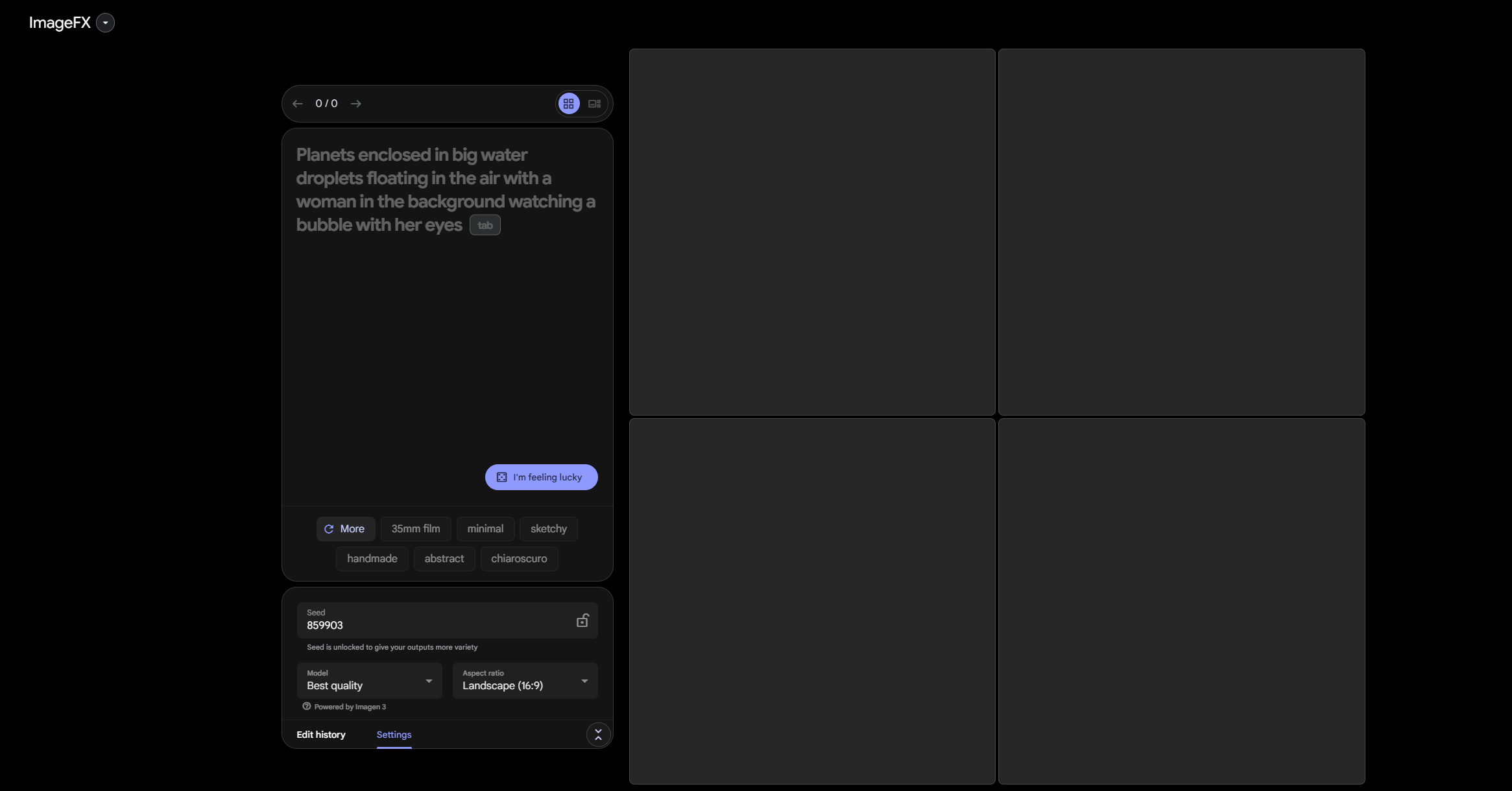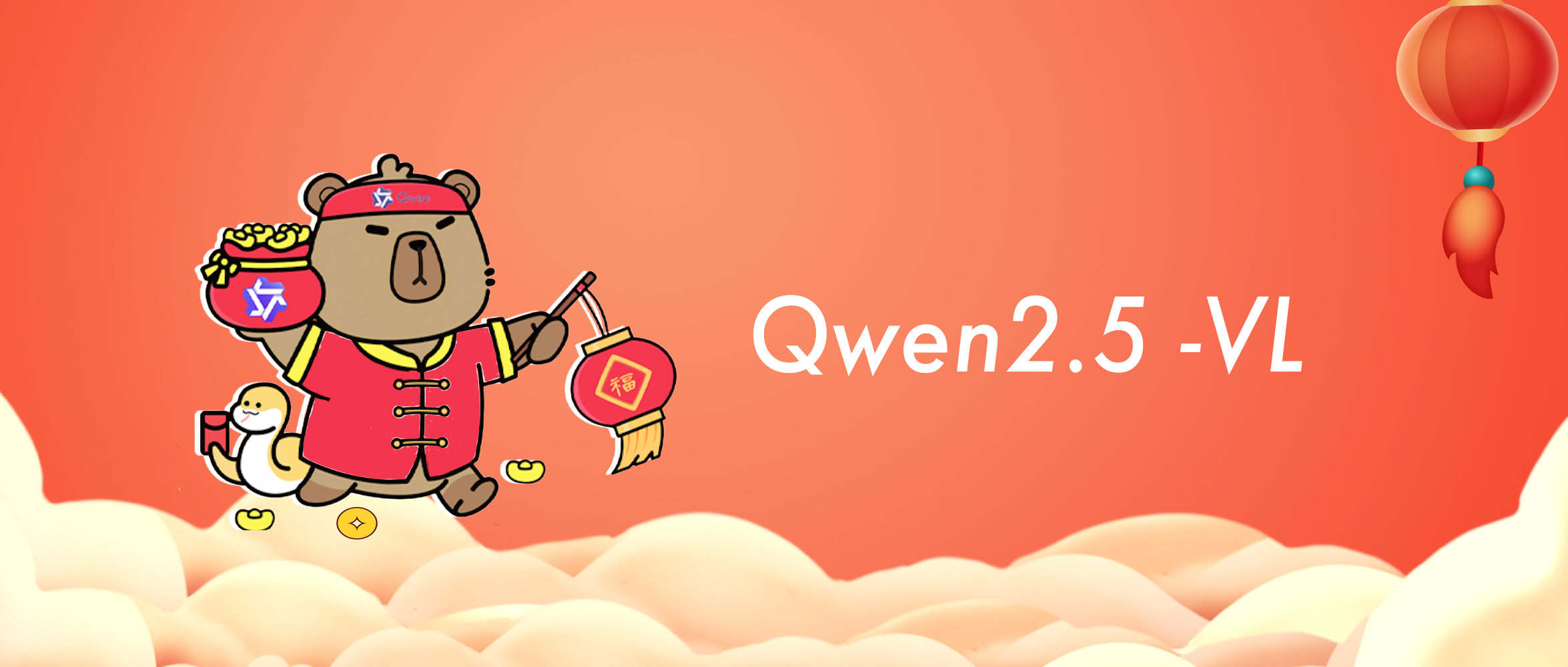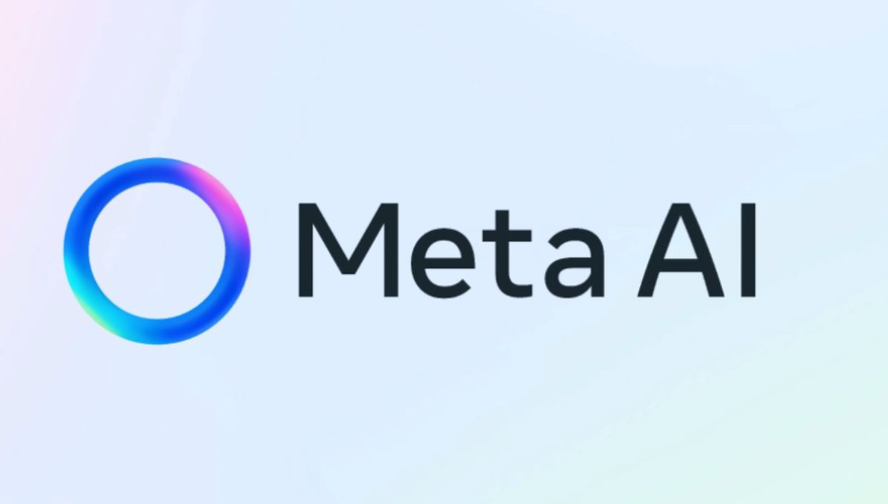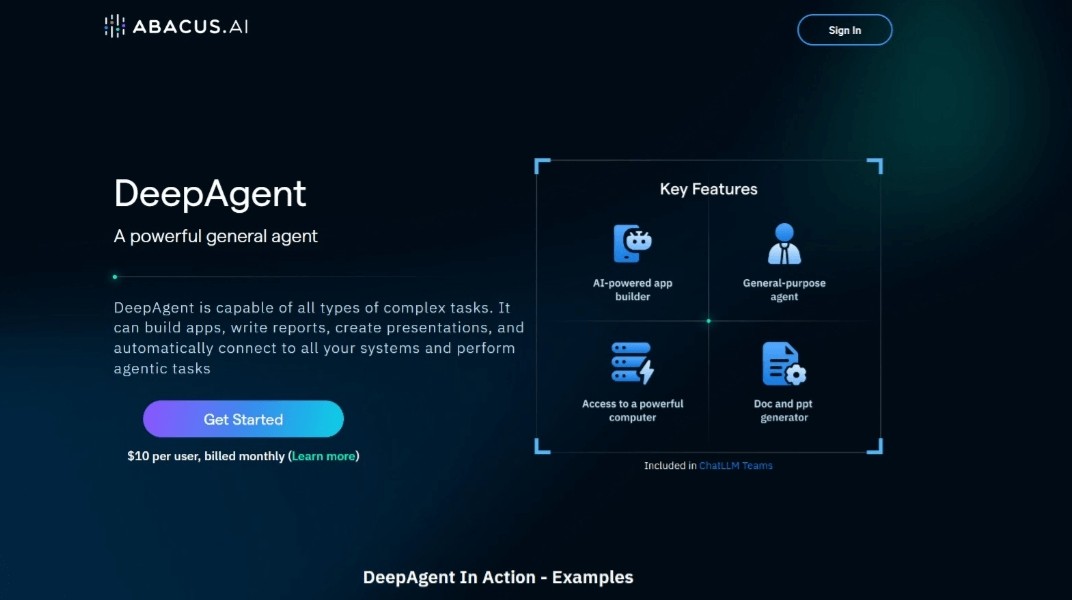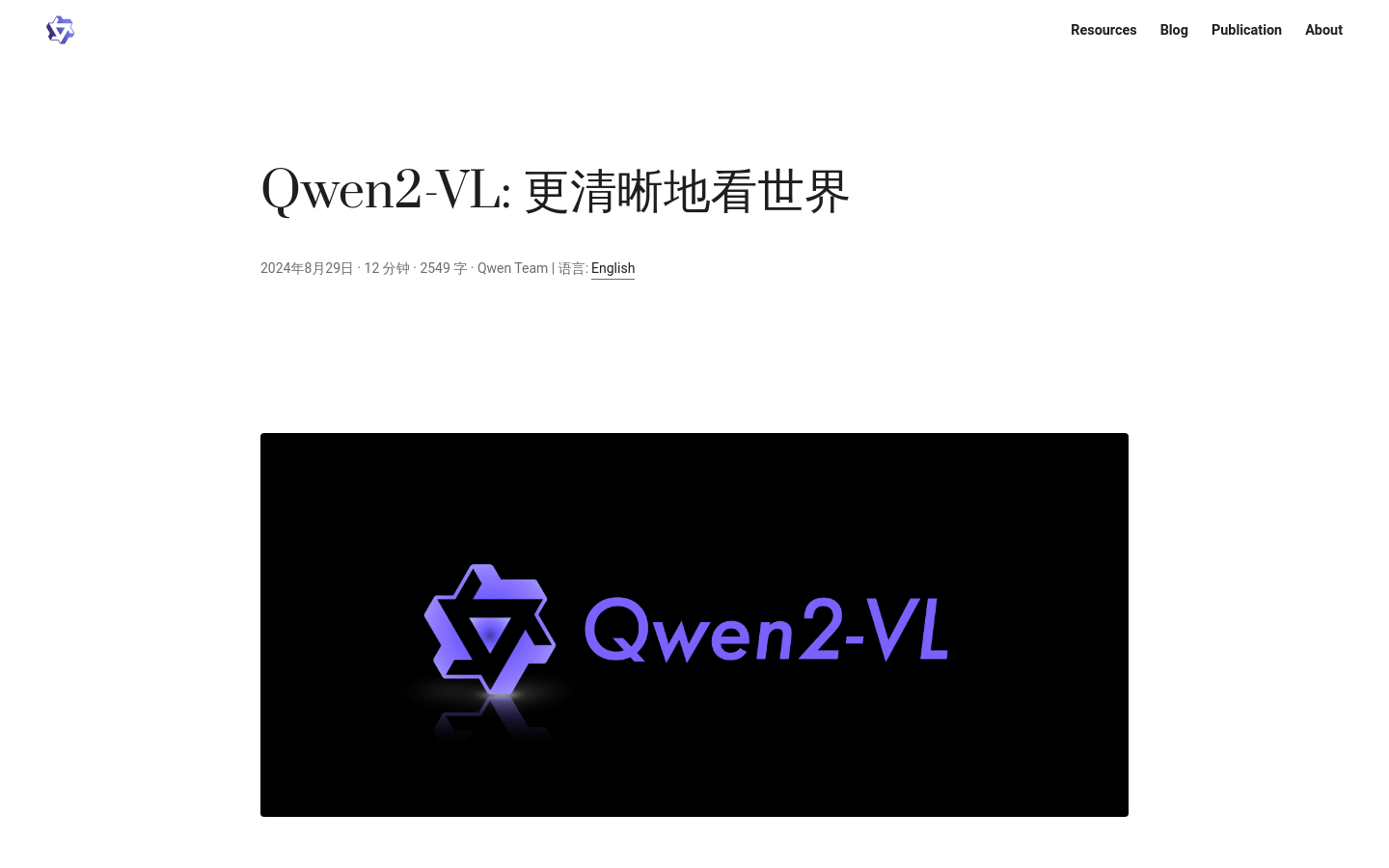
Qwen2-VL is the latest generation visual language model based on Qwen2. It has multi-language support and powerful visual understanding capabilities. It can process pictures of different resolutions and aspect ratios, understand long videos, and can be integrated into mobile phones and robots. and other equipment for automatic operation. It has achieved world-leading performance in multiple visual understanding benchmarks, especially in document understanding.
Demand group:
" Qwen2-VL is suitable for users who require advanced visual and language processing capabilities, such as researchers, developers, content creators, etc. It can help users achieve more efficient and intelligent work in areas such as image recognition, video analysis, automatic operations, etc. process."
Example of usage scenario:
Recognition of plants and landmarks and analysis of relationships between objects in a scene.
Convert formulas in handwritten text and images to Markdown format.
Recognize and transcribe multilingual text in images.
Solve practical problems such as mathematical problems and programming algorithm problems.
Product features:
Read images of different resolutions and aspect ratios, including multilingual text recognition.
Comprehend long videos of more than 20 minutes, suitable for video Q&A and content creation.
Visual agents that operate mobile phones and robots for automatic operations.
Multi-language support, including European languages, Japanese, Korean, etc.
Achieve excellent results on multiple visual understanding benchmarks.
Open source code, integrated into multiple third-party frameworks for easy development experience.
Usage tutorial:
1. Register and obtain the API Key to experience the Qwen2-VL model through the DashScope platform.
2. Install necessary libraries and tools, such as transformers and qwen-vl-utils.
3. Load the model and processor, and set parameters as needed, such as device mapping and minimum/maximum number of pixels.
4. Prepare input data, including image URL and related text instructions.
5. Perform inference, generate output, decode and print the results.
6. Use the main function points of the model, such as image recognition, video analysis, etc., to solve specific problems.

